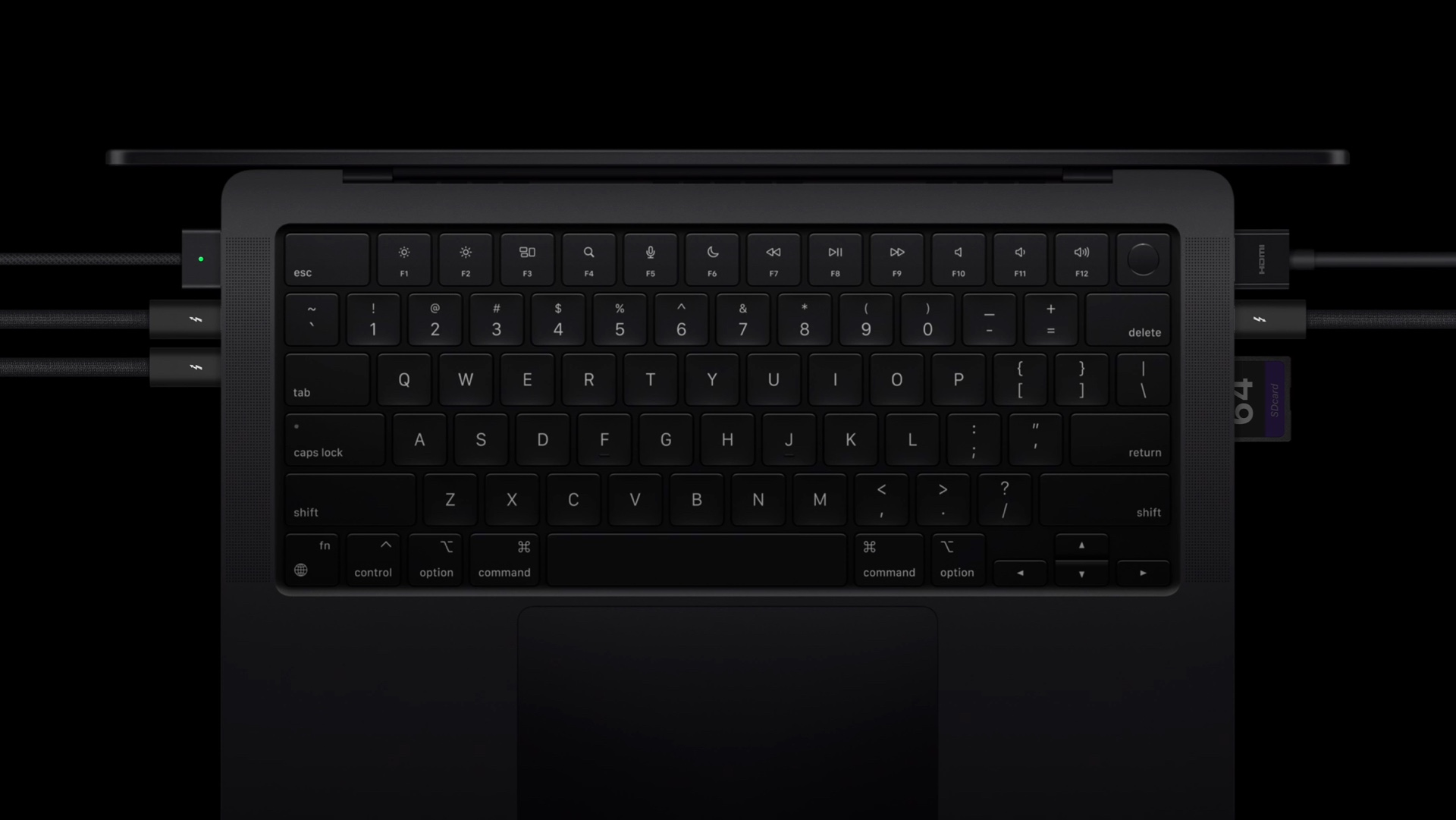Apple is following the M4 iMac and the redesigned Mac mini updates with one more major refresh this week: a new lineup of M4 MacBook Pros. These updates mostly follow the template set by last year’s M3 MacBook Pro refresh: there’s a 14-inch $1,599 base model with the standard M4, and then beefed up 14- and 16-inch versions with the M4 Pro and M4 Max processors that also offer more RAM, storage, an optional nano-texture display finish, and other amenities for power users.
All three versions of the M4 MacBook Pro are available for preorder today and begin arriving November 8, the same date as the new iMac and Mac mini refreshes.
New chips, same designs
Even without the M4’s improvements, the new $1,599 MacBook Pro addresses the biggest gripe about the original: it upgrades the base model from 8GB to 16GB of RAM without increasing the price. If this was the only change Apple made, it would have been a good upgrade (and the company has taken exactly that approach to updating the M2 and M3 MacBook Airs, which also start with 16GB beginning today). Base storage still starts at 512GB.
This MacBook Pro gets the fully enabled version of the M4 with 10 CPU cores (four performance cores, six efficiency cores), which enables three Thunderbolt 4 ports, one port more than the M3 MacBook Pro included. The M4 also allows it to drive two external displays and the laptop’s built-in screen at the same time, for a total of three screens. The M3 MacBook Pro could use two external displays, but only if the built-in screen was turned off. As with the other M4 Macs, 24GB and 32GB RAM upgrades are available.

The $1,599 M4 MacBook Pro benefits from an additional Thunderbolt port, plus better external display support and more RAM.
Credit:
Apple
The additional Thunderbolt port and improved external display support have somewhat closed the gap between the 14-inch M4 MacBook Pro and the $1,999 14-inch M4 Pro MacBook Pro, but you still get some substantial upgrades. The M4 Pro can come with up to 14 CPU cores (10 performance, 4 efficiency) and 20 GPU cores, and it ships with 24GB of RAM by default, a 6GB boost compared to the M3 Pro. RAM can be boosted to either 48GB or 64GB, and the Thunderbolt ports support the 120Gbps Thunderbolt 5 standard, up from the 40Gbps Thunderbolt 4 standard.




















+ There are no comments
Add yours